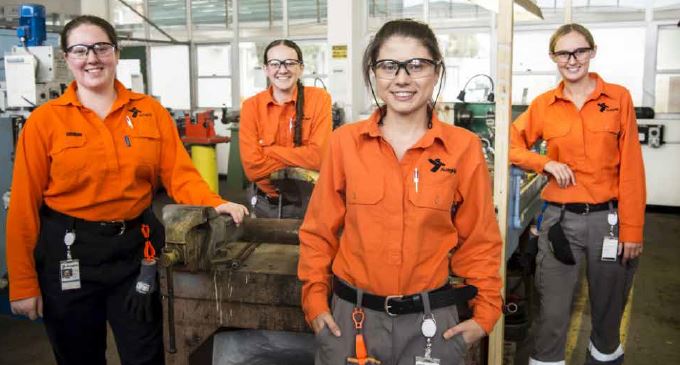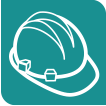Set to change the way we go about our lives forever…
What is IoT?
The IoT is the network of physical objects that contain embedded technology to communicate and sense or inter-act with their internal states or the external environment. (Gartner definition)
The connection of IoT ‘things’ and usage of IoT data drives various purposes in the lives of consumers and in business, healthcare, innovation, mobility, cities and society. IoT is seen in health monitoring, asset tracking, environmental monitoring, predictive maintenance and home automation.
The Internet of Things (IoT) is one phenomenon worth knowing about – it has the power to make life simpler and safer and bring opportunities for your business. Understand-ing the concept and how to sell it to your customers brings significant opportunity to upsell home installation projects while giving you the reputation delivering innovative solutions in the market.
Forecasts show an expected Internet of Things universe with between 20 and 30 billion connected devices by 2020. The Internet of Things is the logical next step in the evolution of the Internet and is a continuation of M2M (machine-to-machine) networks and technologies, RFID and more. The IoT is an additional layer of information, interaction, transaction and action which is added to the Internet thanks to devices, equiped with data sensing, analysis and communication capabilities, using Internet technologies. The Internet of Things further bridgesdigital and physical realities and powers information-driven auto-mation and improvements on the level of business, society and people’s lives.
The usage of the Internet of Things also happens at different speeds. IoT investments in the manufacturing industry are far higher than in any other vertical industry and in the Consumer Internet of Things (CIoT) space. The manufacturing industry, along with transportation and utilities are the three main IoT investment areas and are part of what is known as the Industrial Internet of Things.
Smart Building
Building management systems are becoming centers of connectivity whereby the building owner wants a central platform for analytics and actions leading to benefits in building management areas such as:
- Smarter building security systems.
- Smarter Heating, ventilation and air conditioning (HVAC).
- Cost reductions, also in a green building context and in reduction of energy and water consumption.
- Predictive maintenance and facility maintenance planning.
- Facility equipment control, configuration and regulation.
- Building management and building automation.
- Energy efficiency.
- Light and room control, comfort.
- Remote healthcare monitoring and medical/hospital asset tracking, monitoring and maintenance
Some of the players in these segments have a more mechanical background, others an electrical background and still others, such as system integrators, a background of customization and software (PLCs).
Among these providers we find:
- Light and room control experts.
- Experts in very specific areas such as HVAC.
- Players in the broader building management field, mainly in large buildings.
- Electrical contractors who are often more involved with smaller and medium buildings where they can offer smart energy solutions or, for instance specialize in home automation.
- Experts in critical power, which you typically find in airports, hospitals and other buildings where quality and reliability of power is critical
IoT technology for a Smart Home
The smart phone is taking on the next level of capability, managing its users environment. With a few clicks we can turn on the heating, switch on indoor or outdoor lights remotely, use smart appliances, security and energy systems – to manage the home’s comfort and safety levels – and free up time too.
IoT devices within the home are directly controlled by an app on a smartphone that will access these devices wherever and whenever it is required, as long as there is a phone and an internet connection.
While the consumer may think they can pick up Google home at the local JB Hifi, the connectivity solutions that make it all work are still sold only through the electrical trade, and need to be installed by an electrician if they want a system with product quality and reliability.
There are a few different types of home automation systems on the market, but all are designed with comfort, safety and convenience in mind. These are the reasons why that you need to understand to be able to sell the concept to your customers, so let’s talk about them so you can too.
1. Making things easy at home
As creatures of habit, we all have a before bedtime routine – pull down the blinds or draw the curtains, switch off the TV, turn on the alarm, switch off all the lights, and then finally collapse under the covers – exhausted. In the morning you do the reverse, ad nauseam. Home Automa-tion systems do these things, and a few more, for you.
You can:
- Adjust lighting and temperature controls
- Activate security cameras
- Turn on (or off) audio-visual items
- Control outdoor gates and sprinkler systems
- Screen visitors and answer the door wherever you’re in the house
Some systems have customised features that take you to the next step – you can create bespoke commands to turn off everything before you go out or to bed. You can also set up some favourite ‘atmospheric scenarios,’ like a movie command to dim lights and close your blinds when watch-ing the latest flick. Or, program an outdoor entertaining command that automatically plays your party playlist, turns on your patio lights and lights up the garden.
2. Keep in contact with your home
There are systems that keep you connected to your prop-erty when you’re at work, out and about, or on holidays. The internal video unit speaks directly to an app on your phone giving you control over a myriad of functions within your home.
Use it to:
- Answer the door when you’re away
- Monitor your home inside and out
- Switch on lights and sprinklers
3. Security for your family
There are systems that provide constant connectivity and real-time data communication, bringing a whole new sense of comfort and security for your family.
































